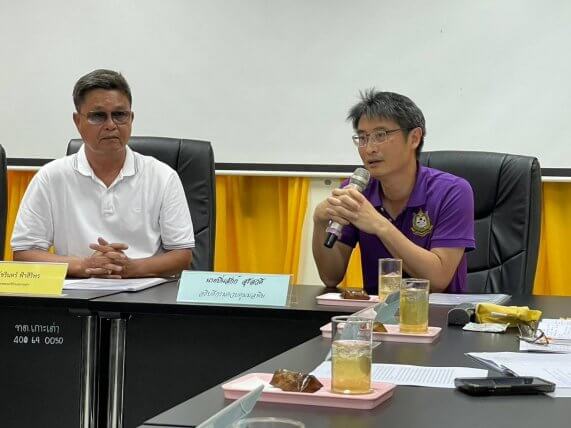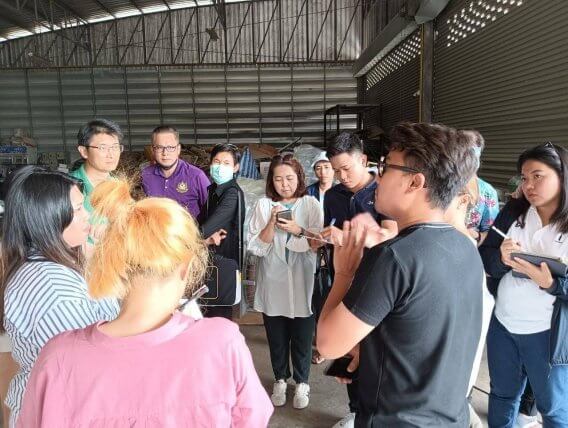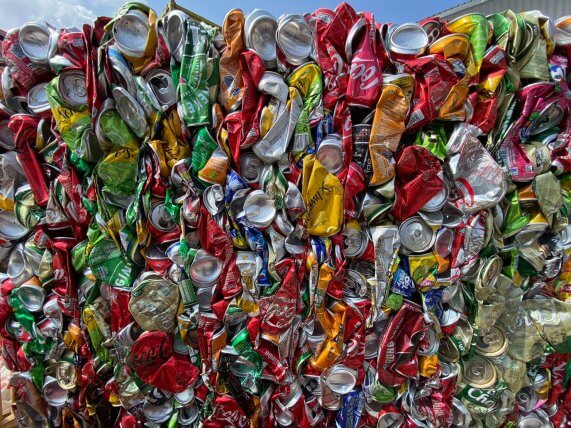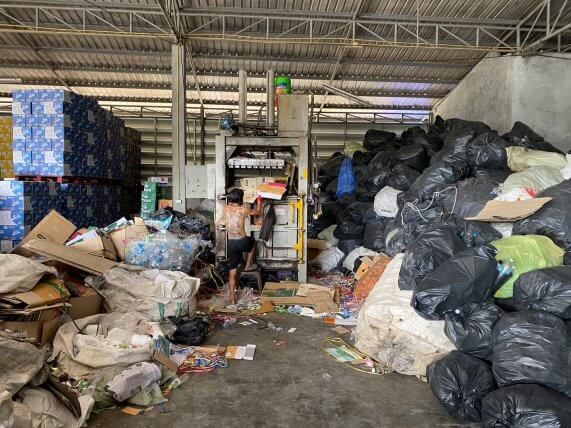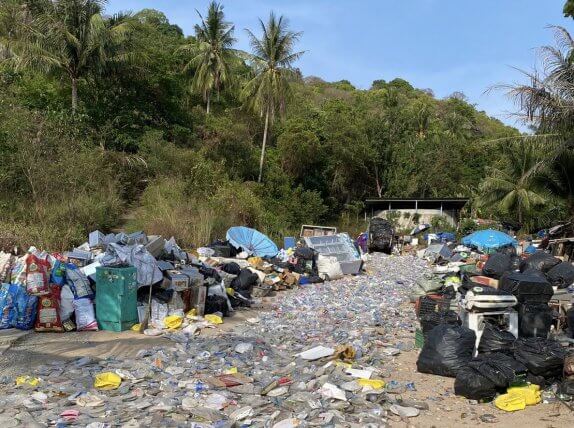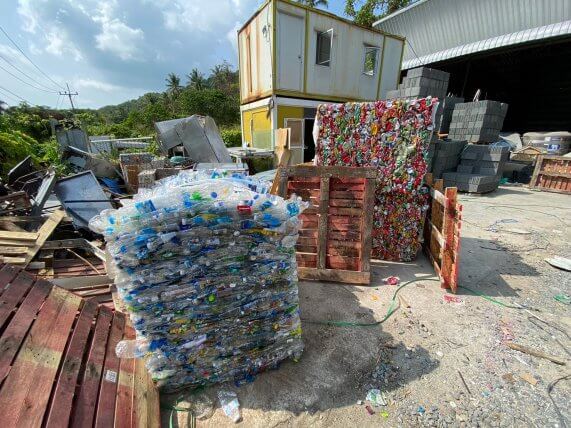
Dr. Pinsak Suraswadi, Director General of Pollution Control Department (PCD), visited Koh Tao to ask for information from local shops and entrepreneurs and also had the meeting with Resources Management for Sustainability (3R) Foundation, the Coca-Cola Foundation, junk shops, the President of Koh Tao Tourism Association, entrepreneurs selling goods on Koh Tao, and the Mayor of Koh Tao to drive sustainable waste management system on Koh Tao jointly.
Dr. Pinsak said that Koh Tao generates 15 – 20 tons of waste daily during tourism. However, waste disposal site covers 4 rai, which is insufficient to accommodate the amount of waste in the future.
A systematic drive for sustainable waste management must include 1) possibility to change the packaging that is brought to the island, focusing on products that are environmentally friendly, easy-to-manage, recyclable packaging, and not left behind on the island, 2) encouraging collection and segregation,
3) transporting waste from the island by the principle of extended producer responsibility, 4) planning to organize the waste segregation system at the source, 5) separate waste collection, and 6) disposing of remaining waste on the island. All of these are 1) to reduce the amount of solid waste generated,
2) to reduce the amount of waste that is difficult to dispose of, and 3) to reduce the amount of solid waste disposal in order to meet the potential of the area, which is an island area with limited space.
Therefore, I ask for cooperation from product manufacturers, travel businesses, convenience stores, and product sellers on Koh Tao to sell or use environmentally friendly packaging to make it easier to recycle and reduce the amount of waste that must be disposed of. You can also use biodegradable packaging or compostable plastic to reduce the amount of microplastics entering the ocean. As a result, Koh Tao has become a world-class tourist destination in terms of sustainable tourism that can preserve environment, people’s livelihoods, and ecosystems, Dr. Pinsak said

